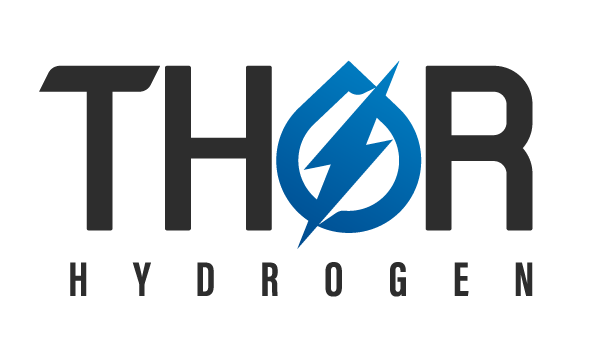The Flexible Energy Vector
Hydrogen can be applied to a multitude of energy applications throughout our economy
Hydrogen enables the transaction of energy but is not a source of energy – this we refer to as an energy carrier or vector. And as a dense energy vector, hydrogen enables sources of energy such as wind, solar and tidal to be harvested and then carried and converted to do useful work for a multitude of tasks. Hydrogen can be thought of as a currency that can be utilized to provide a range of services. Hydrogen has traditionally been used as a feed-stock for the chemical industry and as a ‘process gas’ in refining, and in the manufacture of steel and other products. Now through the convergence and steadily reducing costs of complimentary technologies, hydrogen is emerging as the low or zero emissions [see the Colours of Hydrogen post] energy carrier of choice for heavy transport, including trucks, freight, railways, ferries, shipping and potentially, in the longer term future, aviation.
Electricity is, in strictest terms, also an energy vector, able to be converted to useful work in a range of applications. Electricity from a renewable energy source (typically a variable renewable energy source or VRE) with water as the ‘fuel’, can be converted to hydrogen via electrolysis which splits water (H2O) into its hydrogen and oxygen components. The resulting hydrogen can be compressed and stored in cylinders for extended periods – days or weeks with no loss or degradation. It is acknowledged that it is far more straightforward to store energy as molecules rather than electrons and more cost-effective to scale up hydrogen storage rather than expanding low energy density battery systems. Stored hydrogen can subsequently be converted back to electricity on demand within a fuel cell which will variously provide power & heat for buildings drive electrical machinery and appliances, provide motive power for vehicles or zero-carbon feedstock for industry. An integrated ‘power to gas’ approach that uses hydrogen to serve a range of end uses is referred to as ‘sector coupling’ in that it connects power generation with a range of demand sectors that promotes flexibility and stability of the overall system.
Beyond the electrochemical process of ‘gas to power’ that takes place in a fuel cell, hydrogen can also be combusted in industrial processes that require what is termed ‘high-grade’ heat. This sector which presently relies on combustion of natural gas, cannot use electricity directly to reach required temperatures. Therefore in terms of decarbonization, such process are classified as ‘hard to abate’ (i.e. to reduce or eliminate GHG emissions). This sector, which includes steel and cement manufacture, and glass making is a prime area for decarbonization using hydrogen. First steps in zero-carbon steel making are now taking place in Sweden and Austria.
In each application, provided that the source of these complementary ‘energy currencies’ - hydrogen and electricity - is a renewable energy (variable or otherwise) no carbon emissions are emitted from any of the conversion processes. Given the bounty of wind, solar, water and geological heat distributed across this Earth, hydrogen, coupled with electricity, can serve our needs of lighting, heating, cooling, growing food, communication, and travel.
